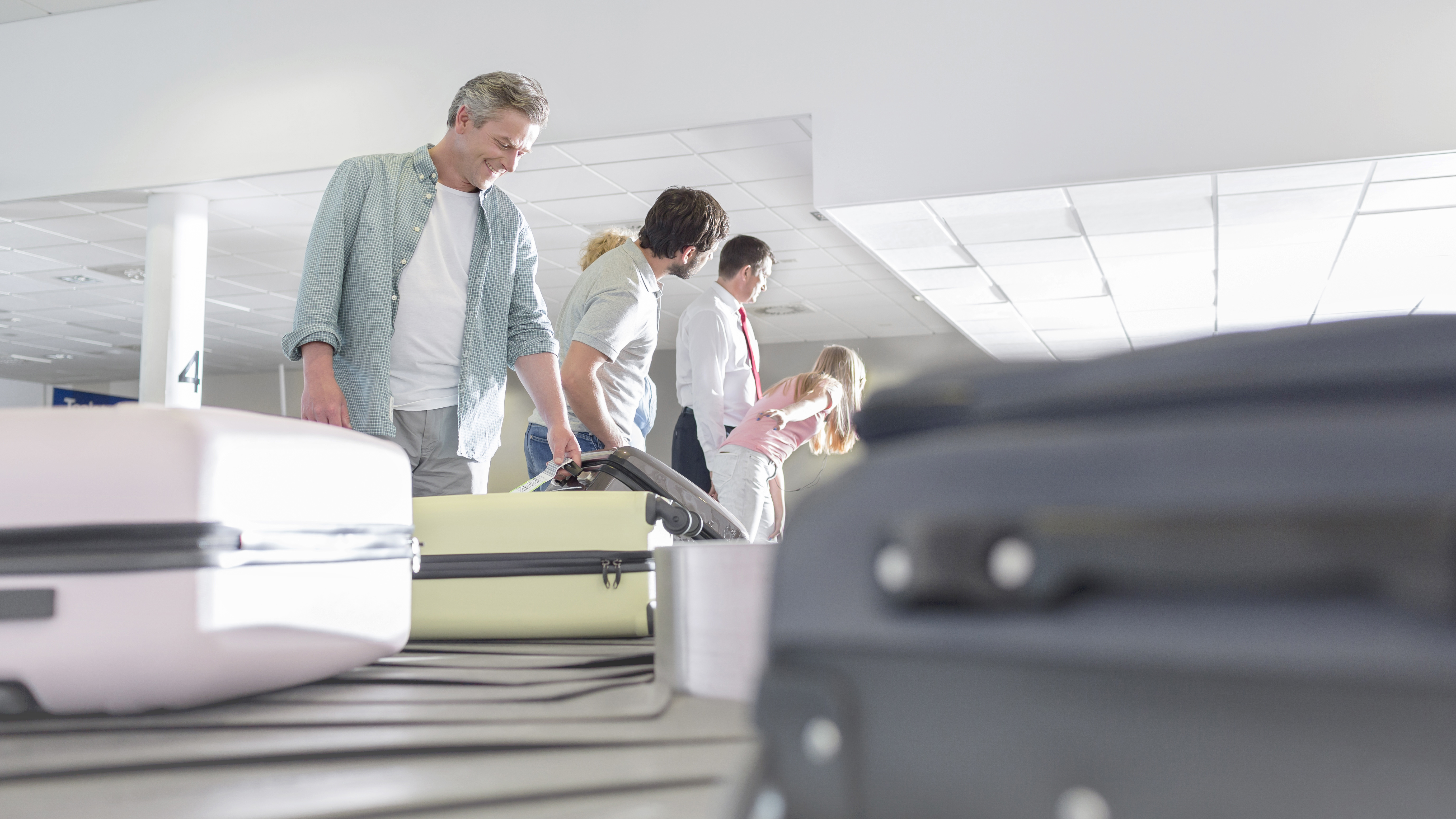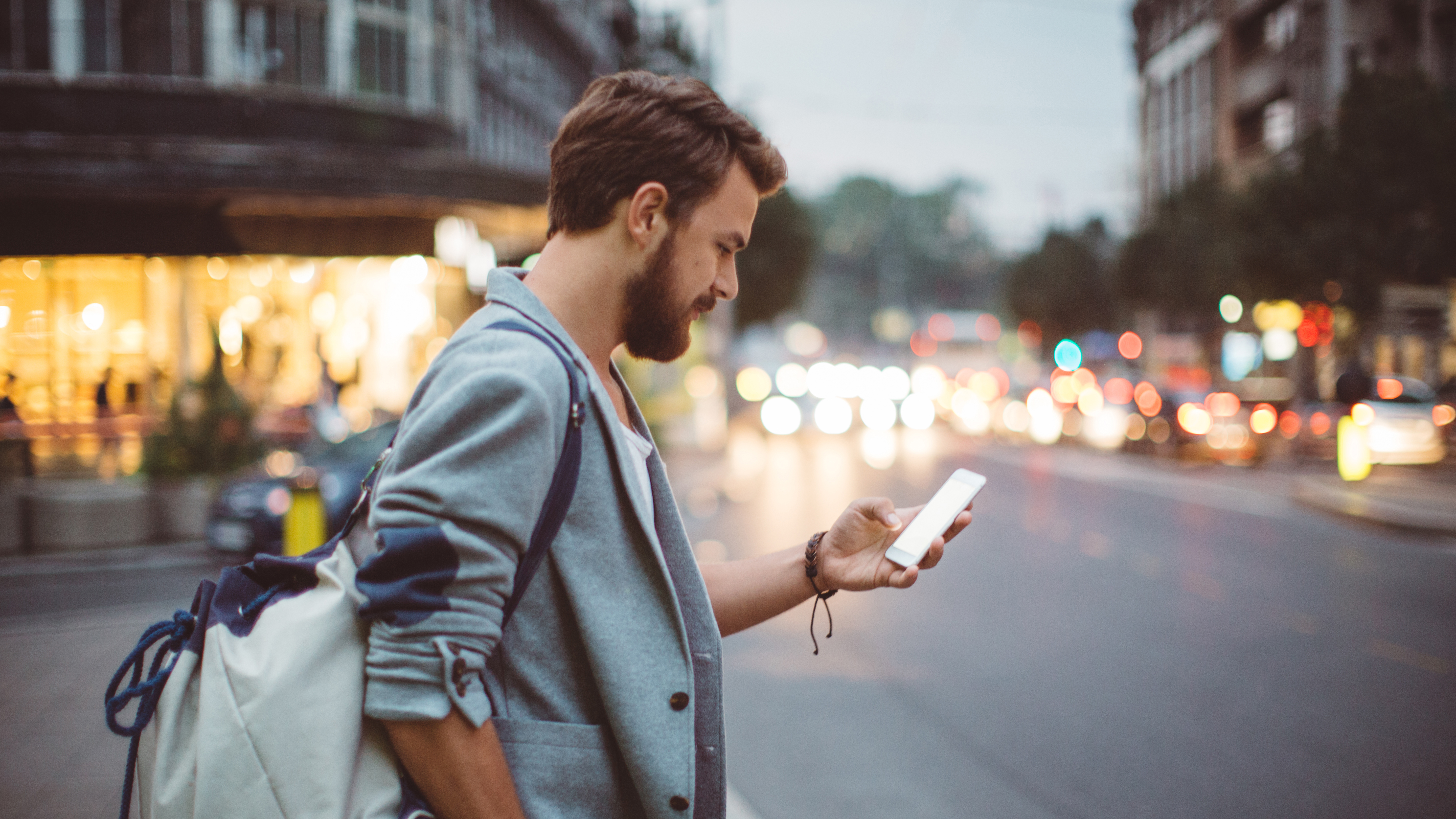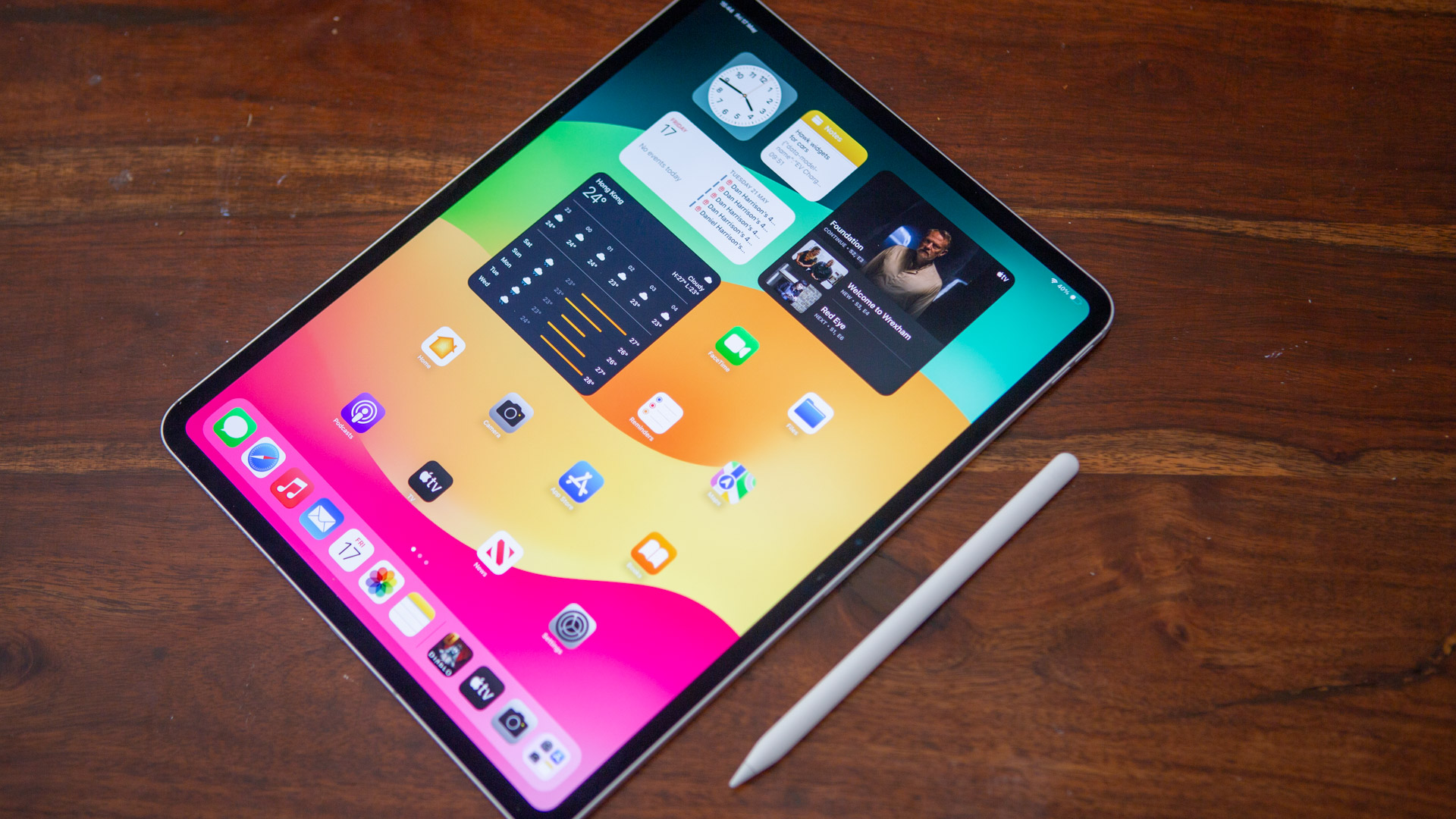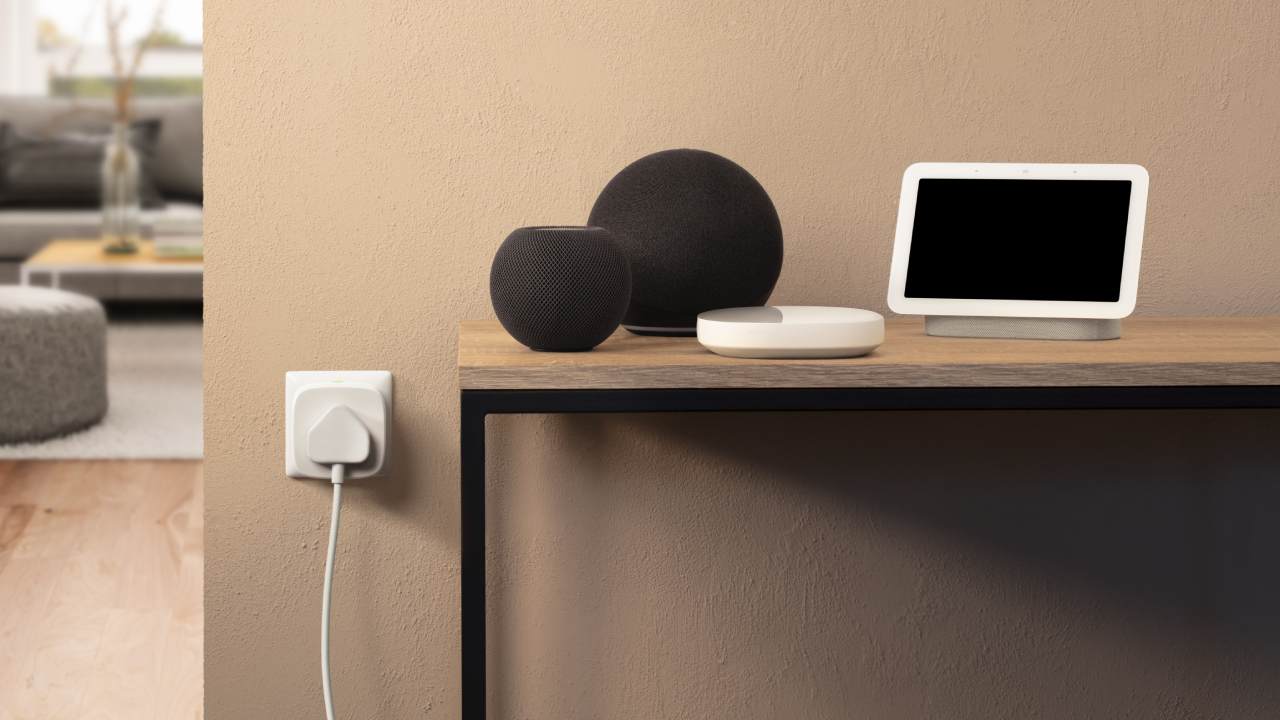

You’ve made the decision to travel light. It’s a short trip, and you don’t want to be wasting time at luggage carousels in airports. Nor do you want to risk losing your luggage by checking it in. So now what? How do you choose between a backpack and a carry-on suitcase?
- Before you go on holiday, check out T3's ultimate travel guide
- Make sure you're using the best suitcase
- This is the best carry-on luggage
- These are the best backpacks
Here are seven things to think about before making that all-important decision.
1. Backpacks are better for mobility
Backpacks give you more freedom. Alighting an airport bus in the middle of a busy city while hauling a case on wheels is no fun. Change the locations to a dirt road and problems begin to multiply. However, if you’re sporting a backpack, who cares? Similarly, if you have to check-out of a hotel at 10 a.m. and your flight is not until much later, those with a backpack can go visit a museum or go shopping before thinking about going to the airport. Provided you haven't overpacked and you've fitted your backpack correctly, it should be comfortable enough to wear around for at least a few hours.
If you’ve got wheeled luggage then you’ll either have to come back to your hotel to pick-up your luggage before setting off to the airport or simply go to the airport earlier.
Even when you’re at the airport, backpacks triumph. If you're late for your connection and you have to rush to get to your gate (it happens to us all), a backpack is always much easier to run with. However you spin it, backpacks give you more mobility.
2. Suitcases are better for your back
Let’s assume your carry-on case has wheels. Most do. Given that travel is long, stressful and physically demanding, travelling with a suitcase on wheels can be way less exhausting that hauling your own gear everywhere. That’s really down to how big your backpack is, of course, and what you pack, but a carry-on sized suitcase you push around is always going to be easier on your shoulders.
If you’re yet to invest, always go for suitcases with four wheels, which can be towed alongside you, rather than the two-wheelers that have to be dragged.
Sign up to the T3 newsletter for smarter living straight to your inbox
Get all the latest news, reviews, deals and buying guides on gorgeous tech, home and active products from the T3 experts

3. Backpacks rarely get checked
Airlines are constantly taking luggage off passengers at the gate. If you’re travelling with a laptop or tablet and/or you don’t want to have to waste time at the luggage carousel at your destination airport, having carry-on bags taken from you can be really annoying.
The sight of the gate staff walking up and down the queue stickering luggage that has to be put in the hold is horrifying, but there is one easy way to avoid being victimised. Wear a backpack. Seriously, airline staff almost never bother with backpacks.
4. You can fit more in a suitcase
The average dimensions for carry-on luggage are around 56 x 45 x 25 cm, but it’s possible to squeeze more into a suitcase than a backpack.
Yes, backpacks are usually soft-sided, but being able to stuff a suitcase and strap everything down using compression straps is something travel backpacks rarely offer. If you want to push the boundaries, choose a carry-on suitcase.
5. Budget airlines ignore backpacks
Scared your hard-sided luggage won’t fit in the ‘maximum size’ bin at the gate and you’ll get fined? Staff on budget airlines are often fairly rigorous about the maximum dimensions of luggage, but rarely do they apply the same attitude to backpacks.
Whisper it, but you can sometimes travel with a lot more than you’re supposed to if you take a backpack, but be sure to keep it on your back while queuing up at the gate to board your flight. Gate staff almost never bat an eyelid at them.

6. Backpacks often have to go under your seat
This one could be a plus or a minus, depending on your point of view. If it’s a busy flight, airline staff will usually ask those with backpacks not to use the overhead bins and instead to put their luggage under the seat in front. In practice, that can mean sitting with your backpack between your legs for the entire duration of the flight.
That may not be a bad thing, especially if you want access to a laptop during the flight, and, in practice, you can usually just use the overhead bins regardless. However, it’s not something that those with hard-sided luggage are going to be asked to do.
7. A suitcase looks more professional
We’re not sure about this one. Traditionally, a hard-sided black carry-on case just big enough to contain a laptop and a change of clothes has been regarded as the standard choice for business people on an overnight work trip.
To a certain extent, that’s still how it is, and if you’re wearing a smart suit you’re not going to want to crease it with backpack straps (it’s also easier to keep a suit crease-free in a suitcase than a backpack).
Those on corporate business trips are also more likely to simply be getting in and out of taxis. However, how many business travellers wear or even take a suit when they travel? And what business people – even corporate travellers – aren’t being asked to cut costs?
Add the armies of self-employed business people on a budget and this argument breaks down. That’s why there are now hundreds of smart-looking, business-orientated backpacks.
Liked this?
- Make sure you're using the best suitcase
- This is the best carry-on luggage
- These are the best backpacks
Jamie is a freelance journalist, copywriter and author with 20 years' experience. He's written journalism for over 50 publications and websites and, when he's not writing, spending most of his time travelling – putting the latest travel tech through its paces.
-
 iPad reportedly getting major makeover and your current model could benefit too
iPad reportedly getting major makeover and your current model could benefit tooApple is said to be making a change that iPad power users have been wanting for years
By Carrie Marshall
-
 Eve’s smart plug gets impressive Matter upgrades – but I’m most excited about the app
Eve’s smart plug gets impressive Matter upgrades – but I’m most excited about the appEve Energy adds Matter support and an updated Android app
By Bethan Girdler-Maslen